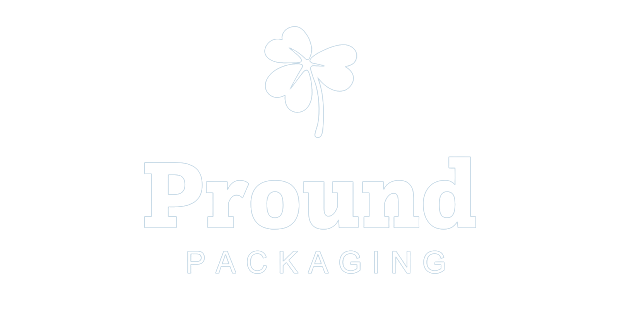
In the gift packaging industry, the design of paper bag handles is crucial for both functionality and aesthetics. Plastic nail clasps and knotting are two common handle attachment methods, each with its distinct characteristics. Considering the cost-effectiveness, the plastic nail clasp method ultimately makes the paper bag slightly less expensive than the knotting method, which significantly impacts the choice of handle type.
Plastic Nail Clasp Method: This design uses plastic clasps to secure the handle inside the paper bag. Its prominent advantage lies in its neat and professional appearance. As the ends of the rope are hidden, the bag looks cleaner and more refined, suitable for packaging that aims to project a high-end brand image. In terms of weight distribution, the clasps, fixed at the reinforced parts of the bag, provide better durability and load-bearing capacity. From a cost-benefit perspective, despite the use of plastic components, this method can be more automated, reducing labor costs. In the long run, it can optimize cost-effectiveness while maintaining packaging quality.
Knotting Method: Involving directly threading the rope through the bag and knotting it on the outside, this method’s advantage lies in its simplicity and casual style, fitting for less formal or youthful brand images. At first glance, due to its simple structure and lower material cost, it might seem like a more cost-effective choice. However, in actual production, the knotting method requires more manual labor, increasing labor costs and extending production time. Consequently, even though the material cost is low, the overall cost might be higher than using plastic nail clasps. Moreover, knotted handles generally offer average performance in terms of weight-bearing and durability and might not be suitable for heavier items.
From the standpoint of practicality and cost-efficiency, the plastic nail clasp offers an economical and practical solution. It balances the aesthetics and functionality of packaging and may be more economical in long-term use. Whereas the knotting method, despite its lower initial material investment, could end up being more costly due to higher labor costs and production time, making it suitable for lightweight items or scenarios where cost-effectiveness is not a primary concern.
In conclusion, both the plastic nail clasp and knotting methods have their advantages and drawbacks. Brands should consider their product characteristics, market positioning, and cost-efficiency when choosing. An appropriate handle design can enhance the overall value of packaging, improving the consumer experience, and standing out in a competitive market.

